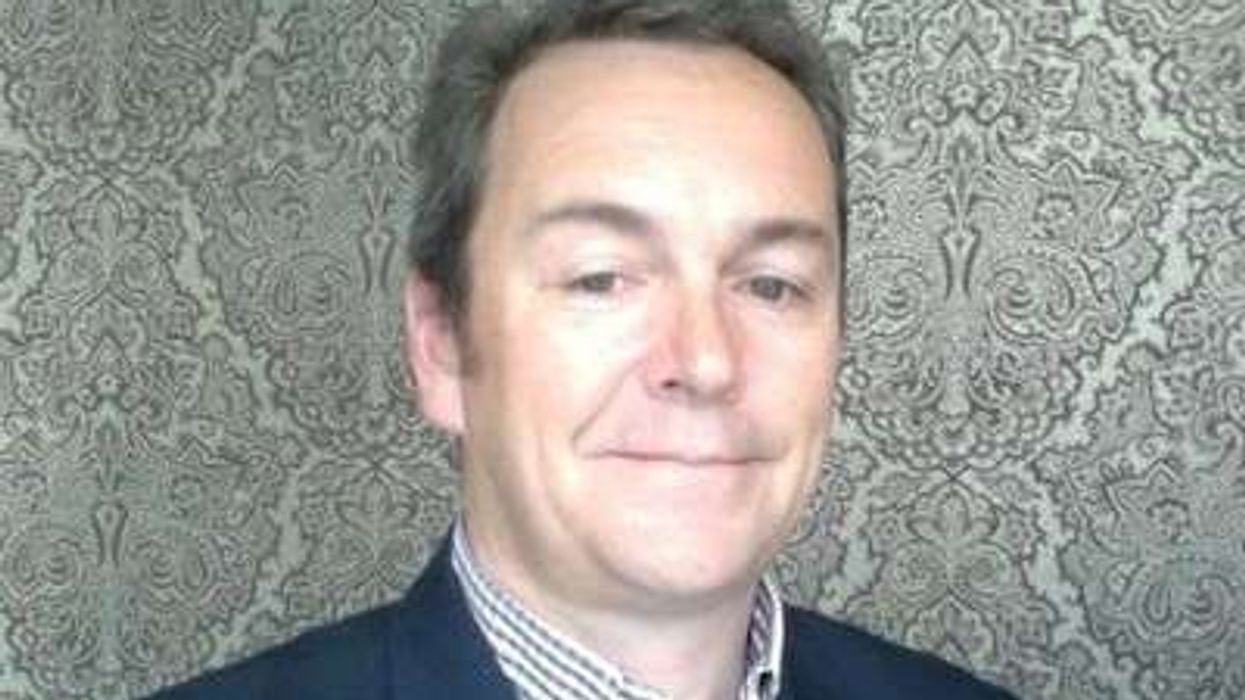The research has been published in the 'JAMA Network Open' -- a monthly journal published by the American Medical Association.
The origin of this study traces back several years, when senior author Erin Dunn -- a social and psychiatric epidemiologist and an investigator in MGH's Psychiatric and Neurodevelopmental Genetics Unit -- learned about work in the field of anthropology that could help solve a longstanding problem in her own research.
She studies the effects of childhood adversity, which research suggested, is responsible for up to one-third of all mental health disorders.
Dunn is particularly interested in the timing of these adverse events and in uncovering whether there are sensitive periods during child development when exposure to adversity is particularly harmful.
Yet Dunn noted that she and other scientists lack effective tools for measuring exposure to childhood adversity. Asking people (or their parents) about painful experiences in their early years is one method, but that's vulnerable to poor recall or reluctance to share difficult memories.
"That's a hindrance for this field," said Dunn.
However, Dunn was intrigued to learn that anthropologists have long studied the teeth of people from past eras to learn about their lives.
"Teeth create a permanent record of different kinds of life experiences," she said.
Exposure to sources of physical stress, such as poor nutrition or disease, can affect the formation of dental enamel and result in pronounced growth lines within teeth, called stress lines, which are similar to the rings in a tree that marks its age.
Just as the thickness of tree growth rings can vary based on the climate surrounding the tree as it forms, tooth growth lines can also vary based on the environment and experiences a child has in utero and shortly thereafter, the time when teeth are forming.
Thicker stress lines are thought to indicate more stressful life conditions.
Dunn developed a hypothesis that the width of one variety in particular, called the neonatal line (NNL), might serve as an indicator of whether an infant's mother experienced high levels of psychological stress during pregnancy (when teeth are already forming) and in the early period following birth.
To test this hypothesis, Dunn and two co-lead authors -- postdoctoral research fellow Rebecca Mountain and data analyst Yiwen Zhu, who were both in the Psychiatric and Neurodevelopmental Genetics Unit at the time of the study -- led a team that analysed the teeth.
The width of the NNL was measured using microscopes. Mothers completed questionnaires during and shortly after pregnancy that asked about four factors that are known to affect child development: stressful events in the prenatal period, maternal history of psychological problems, neighbourhood quality (whether the poverty level was high or it was unsafe, for instance), and level of social support.
Several clear patterns emerged. Children whose mothers had lifetime histories of severe depression or other psychiatric problems, as well as mothers who experienced depression or anxiety at 32 weeks of pregnancy, were more likely than other kids to have thicker NNLs.
Meanwhile, children of mothers who received significant social support shortly after pregnancy tended to have thinner NNLs.
These trends remained intact after the researchers controlled for other factors that are known to influence NNL width, including iron supplementation during pregnancy, gestational age (the time between conception and birth) and maternal obesity.
No one is certain what causes the NNL to form, said Dunn, but it's possible that a mother experiencing anxiety or depression may produce more cortisol, the "stress hormone," which interferes with the cells that create enamel. Systemic inflammation is another candidate, said Dunn, who hopes to study how the NNL forms.
And if the findings of this research can be replicated in a larger study, she believes that the NNL and other tooth growth marks could be used in the future to identify children who have been exposed to early life adversity.
"Then we can connect those kids to interventions so we can prevent the onset of mental health disorders, and do that as early on in the lifespan as we possibly can," said Dunn.











